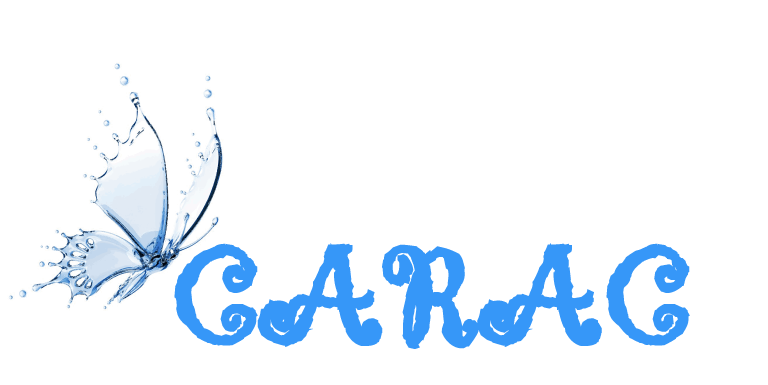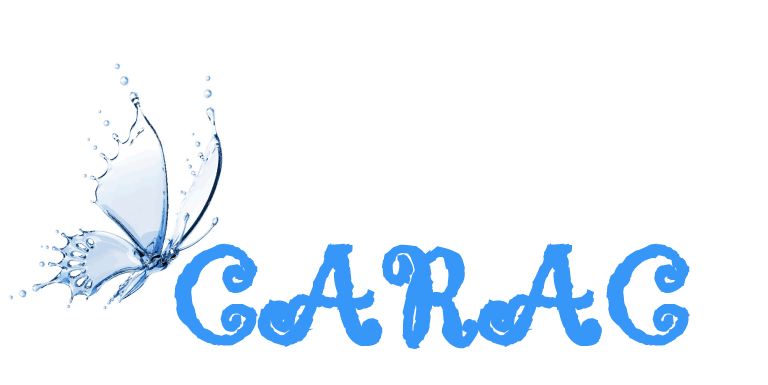The creation and planning of programs are essential to any business. They help define goals and determine the best option and efficiently allocate resources. It’s not simple to define and execute the development of a program. You need to carefully think about the needs and goals of every stakeholder. The best approach can result in a successful plan of development that maximizes the impact and ensures that everyone is pleased with the results.
A logic model is a popular tool used to guide these efforts. This is visual representation of how your day-to-day activities relate to the outcomes you want to achieve. It can help you think carefully about how your program should function in terms of how and when it will impact change. The model is built from left to right, and can include arrows to indicate the sequence of events.
The first step is to identify all the inputs required. The next step is to identify the most important activities that utilize those inputs. From there, you’ll be anchor able to sketch out the expected outcomes of these activities, and eventually the expected outcomes (both short-term and long-term). Your model should also incorporate the impact these outcomes can affect the target audience.
Another important aspect of the process is to identify the potential risks or issues your program might face. Techniques like environmental scanning can assist in identifying external and internal factors that could have an impact on the performance of your program. In addition, this is an excellent time to assess the strengths and weaknesses of your organization. Using these findings will help you create strategies that will better ensure your team’s future success.









